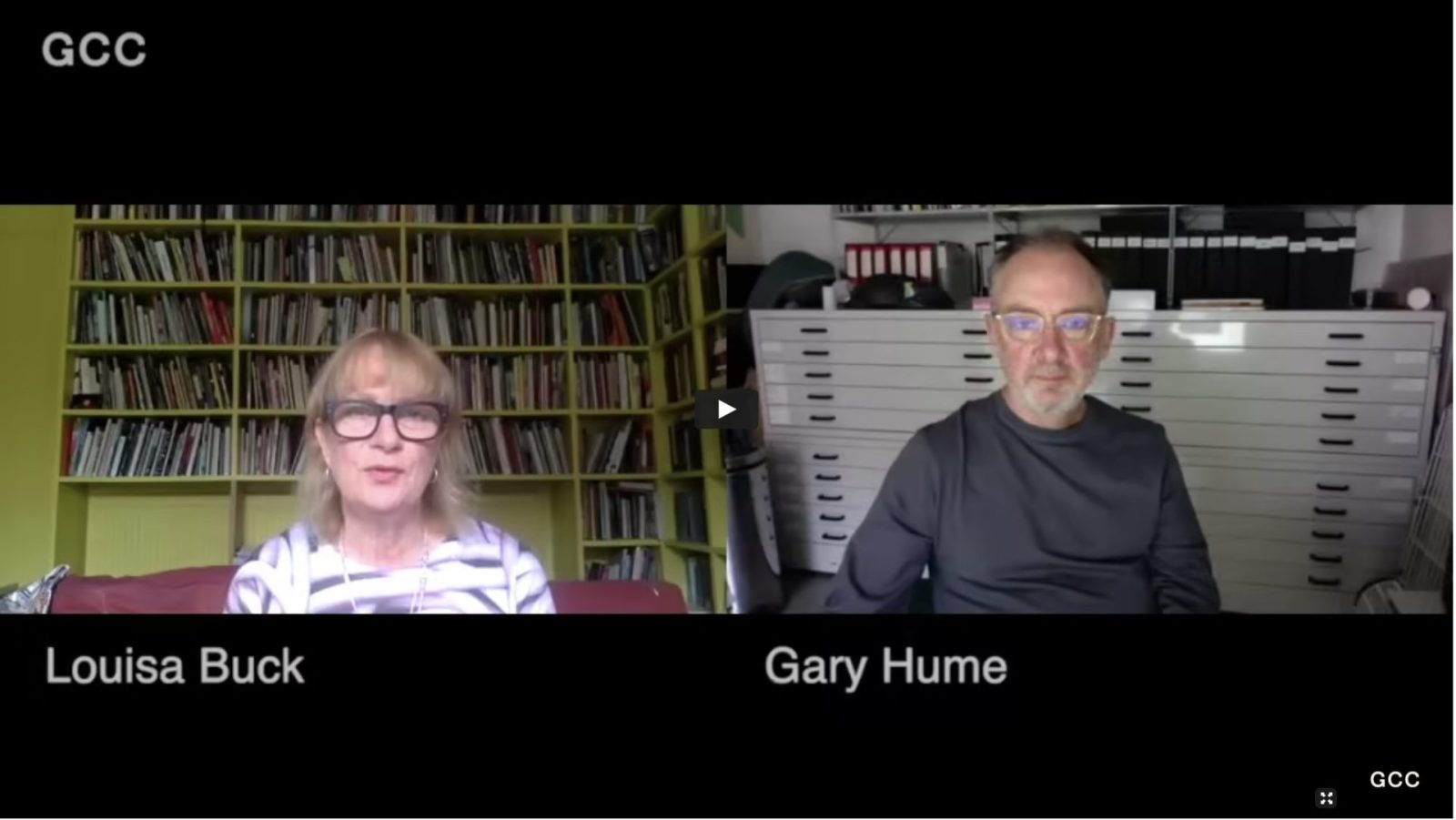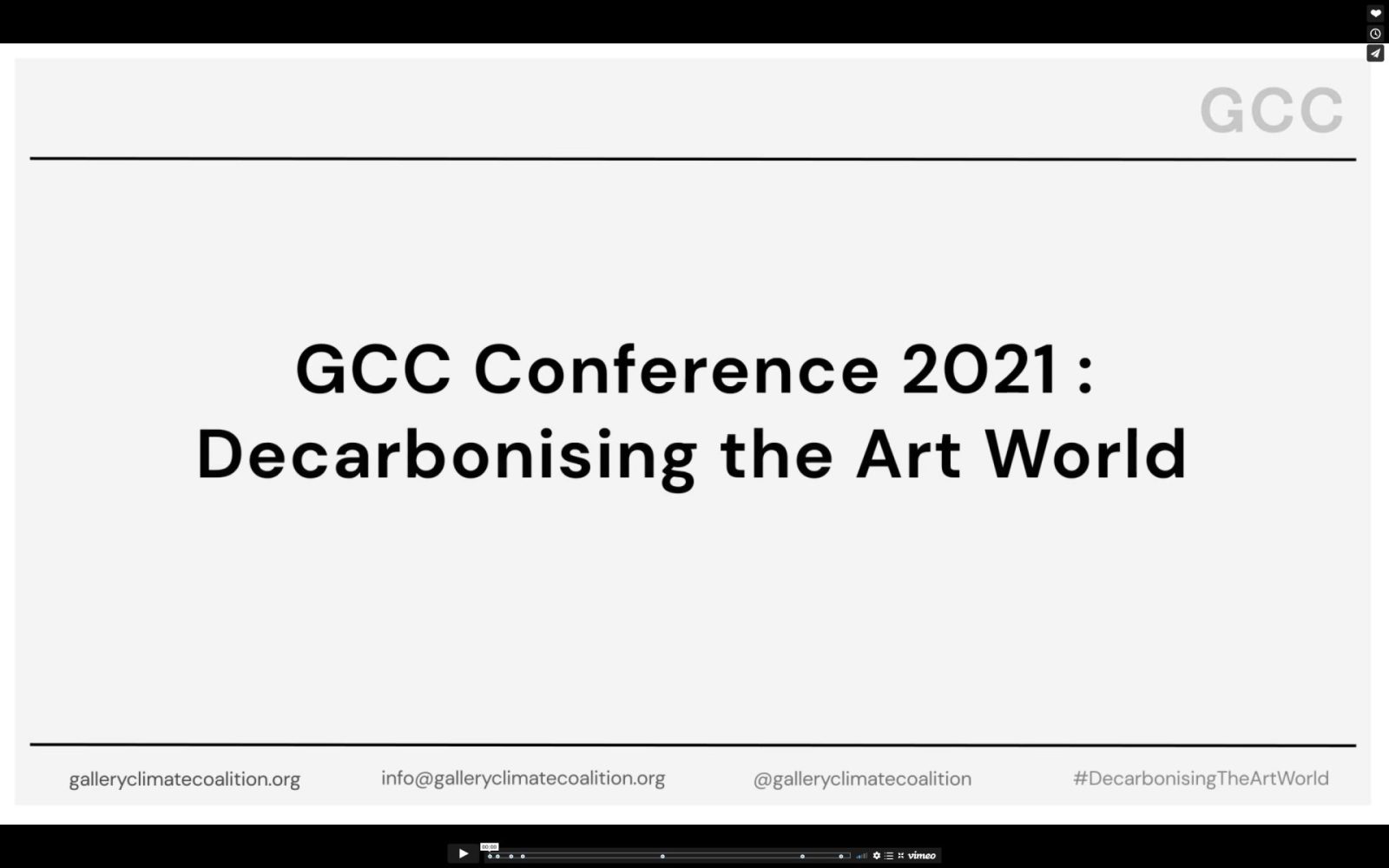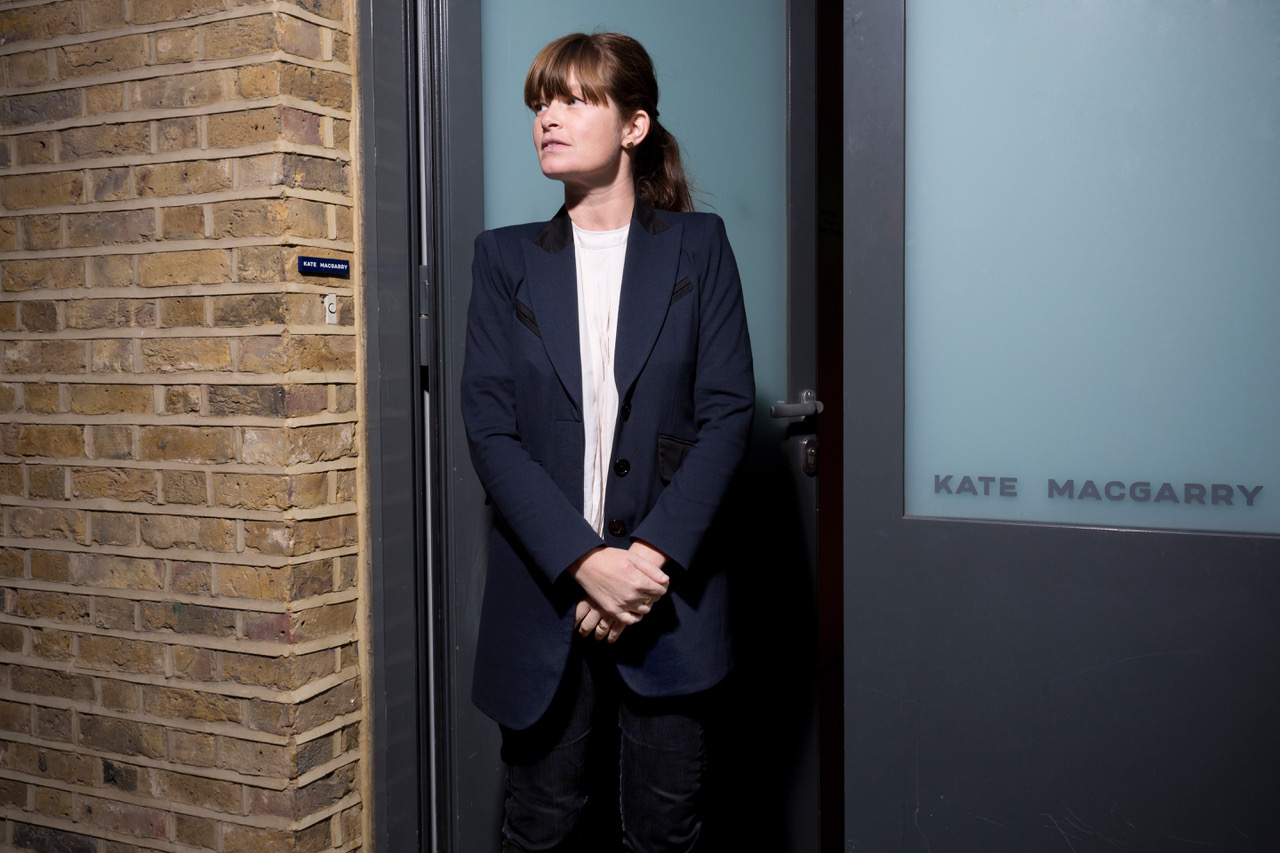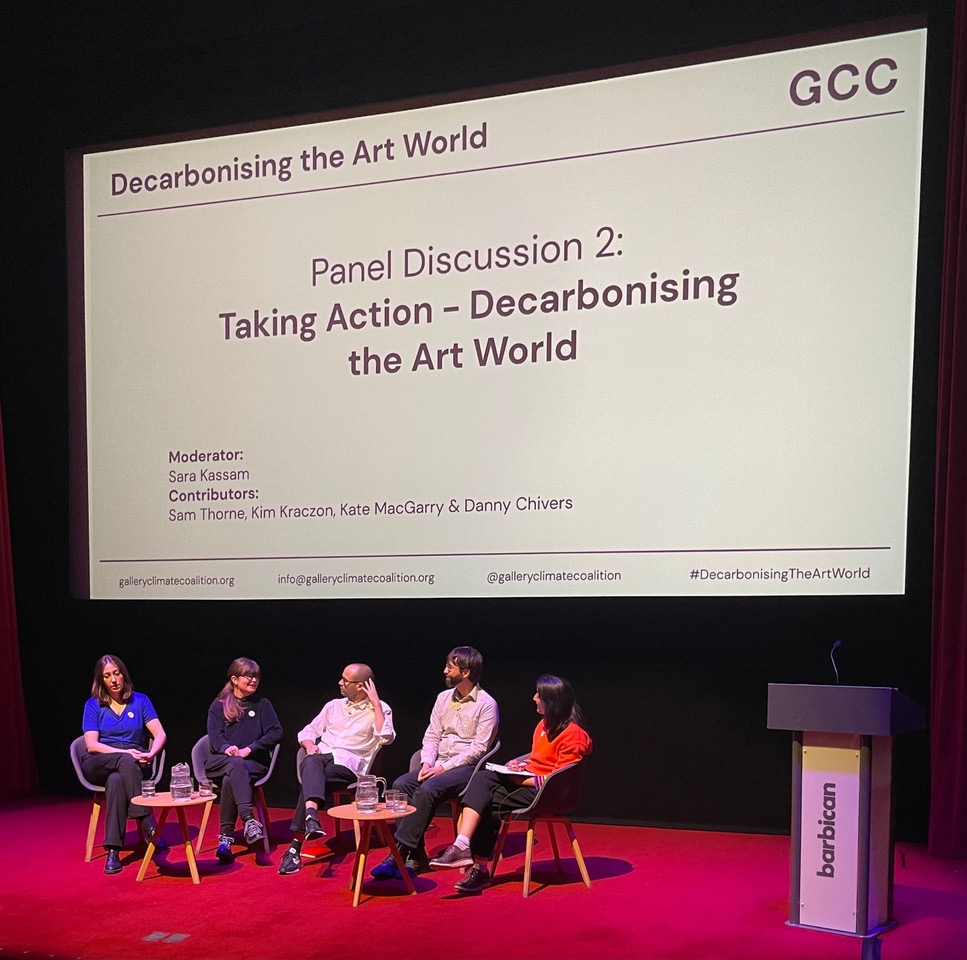
Roger McDonald
AIT became a member of the Gallery Climate Coalition (GCC) in October 2021. The GCC was founded in London in 2020, and is a voluntary group of London based gallerists and arts professionals developing meaningful actions for the arts sector to the climate crisis. For the fourth installment of our climate series, we present an e-mail interview between Roger and Kate MacGarry, one of the founding members of the GCC.
1. For me 2017-18 was a turning point in terms of becoming much more aware of the climate/ bio-diversity crisis. Was there a turning point for you? Books you read or people you spoke to? How did you come to feel a greater sense of urgency?
Yes I had started to feel uneasy about the growing news of climate change and was experiencing flight-shame around the same time if not before. I was asked to be on a panel in Art Basel in 2019 titled ‘Let’s talk about the weather’ which started a conversation with like-minded colleagues, including two artists, a collector and a journalist.
2. How did you initiate GCC? Was it contacting friends and getting together to talk, exchange information etc? Did you have an agenda from the beginning? How did you focus the discussion down to specific actions?
I was invited to a meeting at Thomas Dane gallery just before the first lockdown in 2020 – this was basically a meeting of the founding members although at that time we were just planning a lunch for 50 galleries or so with the idea of hosting talks my experts on climate change to find out how we could make a difference. The event was planned for July 2020 but within a week of meeting we were all in lockdown and we started to meet each week on zoom instead. In a way this focussed us completely and the fact we were in a pandemic gave an urgency to it – we asked experts to talk to us – starting with Danny Chivers – an environmental scientist who has advised us along the way. He helped us design the carbon calculator which has the become the main feature of the GCC – he encouraged us to analyse our carbon footprints so we could clearly see where to make change.
3. The website resources are amazing – did you collaborate with IT specialists and climate scientists? How did you fund the initial launch of the website (each gallery donations etc?)
Thank you ! The website was designed and built in-kind by one of our founding members – Peter Chater – of Artlogic – the art database company. Danny Chivers advised on how to calculate our emissions – Thomas Dane and I were the pilot galleries.
4. Reading the annual audits, clearly air travel and shipping are the two biggest emitters of CO2. How have you tried to reduce and address these issues?
Yes for most galleries there are 3 large areas to tackle – air travel is a big one – and if you sign up to the GCC you agree to reduce by 50% by 2030 – but I always say we can do better than that and I am committed to reducing flights by more than 50%. For example in 2019, we did Art Basel and four members of staff flew there throughout that week. This year I shared a booth with The Approach so I went alone and took the train via Paris as I could see how much it would reduce our carbon.
The second and the most tricky one to change quickly is shipping – we are all used to shipping by air and shipping by sea is possible but there are some problems with insurance and the environment for certain art works. We need investment in this area rather than subsidies for air travel. GCC is talking to insurance companies and shippers about this and making some progress. We also need to talk to artists and collectors about planning ahead and changing expectations in terms of works arriving in months not days.
And third on the list is usually building energy – the first change you can make quite easily is to change your power providers to renewable energy. We have changed all our light bulbs to LED and installed solar panels on the roof. Buildings need to be designed with sustainability as a priority.
5. I hear that you have committed to not flying to art fairs or exhibitions. How does this work in practice? Do you take land based transportation only?
I haven’t said I won’t fly again but don’t have any plans to in the short term. I did say that I would no longer fly works (and people) out to international art fairs and back. We often sell to clients we know in these situations and now we know the carbon cost we cannot justify it !
I will think hard about any flights I take in the future and plan to do several things in one region where possible.
6. Likewise for freight and shipping?
There is work to do in this area – but I would not agree to sending heavy works by air – artists are starting to insist that their works are shipped by sea – see the interview with Gary Hume on the GCC website. All these decisions influence people and make them think about new ways. We all stopped smoking at some point so I think all this change is possible !

7. Does this mean that even if you might miss out on a business opportunity, you prioritize climate action over profits?
I don’t think we will miss out really, the pandemic proved that we can still do business without travel. There maybe some missed opportunities but that’s OK as there will be no art on a dead planet!
8. I think another important aspect of GCC is its sense of solidarity, like-minded people working collectively and sharing ideas. The climate situation can be frightening and psychologically stressful, so I imagine that coming together is important.
Yes it feels overwhelming to try and do this on your own. We need to lobby our suppliers and network so there is certainly strength in numbers. The pandemic gave us the time and jolt to get GCC off the ground – even though it was thought of beforehand – the outbreak of Covid made us realise just how important change is.
The GCC will hold a conference at the Barbican on 24 November – you can join remotely – (I have just forwarded an email to you about it!)

9. What basic advice would you have for a gallery or arts organization who wants to take initial steps towards climate action?
Try and work out your carbon footprint – please use the carbon calculator on the GCC website it’s free and work towards reducing it by 50% in 10 years but try and do this immediately if you can. Once you have the results you will see where you need to reduce. Most probably the answers will be fly less, switch to renewable energy for your buildings and ship by sea where possible. Re-use packaging, cut out plastic. Use the five Rs: Refuse, Reduce, Re-purpose, Recycle, Rot.
10. How do you see the role of art galleries and art in times of climate crises? Do you think there is a civic, caring function alongside its business aspects?
Yes indeed and Tate here in the UK have been leaders in this and have championed artists that tackle climate issues head on – Cooking Sections – for example were nominated for the Turner Prize. Artists can inspire change and are influential on wider society so their message is important – they also have a responsibility to change.
Have a look at Art to Acres set up by artist Hayley Mellin’s her practice is to acquire land for conservation – often putting it in trusts for indigenous peoples.
11. How do you personally visualize the coming 10 years? I sense that our everyday lives will be affected in major ways, food production, travel etc…
Yes some of the worst-case news is terrifying but we have to stay positive and do what we can. It is essential that governments take this seriously and act soon. I hope the agreement at COP26 will be enough – we need to vote for change and support alternative energy as much as we can – i.e. boycott oil. What is clear that the global south will be affected most – the communities that do not have a high carbon footprint – 90% of the world’s population have never been on an aeroplane for example.
12. What climate related resources, news sites do you use to stay up to date?
I follow Greenpeace, Parents for Future, Extinction Rebellion and most of all Client Earth – an incredible charity run by a group of lawyers using the law to protect the planet by suing governments and companies that breach the Paris agreement. They are closing down coal-fired power stations through their work – I encourage people to give them money. They can move fast to stop fossil fuels. The GCC has raised 5.5 million pounds for them to date via 2 auctions at Christies in London and New York. They give hope!
- GreenPeace https://www.greenpeace.org/global/
- Parents for Future https://www.parentsforfuture.org.uk/
- Extinction Rebellion https://extinctionrebellion.uk/
- ClientEarth https://www.clientearth.org/

Kate MacGarry opened her gallery in east London in 2002 having worked in various roles in the art world for ten years. She represents 23 international artists, some of whom had their first exhibitions at the gallery. Samson Kambalu’s recent proposal for the Fourth Plinth ‘Antelope’ will be realised in 2022, and Turner Prize winner Helen Cammock has just produced a large-scale commission for Art on the Underground. Peter McDonald won the John Moores Painting Prize in 2009, and Goshka Macuga has been included in Documenta, Venice Biennale and was nominated for the Turner Prize in 2008. Kate MacGarry is a founder member and Trustee of the Gallery Climate Coalition – formed in 2020. https://www.katemacgarry.com/
